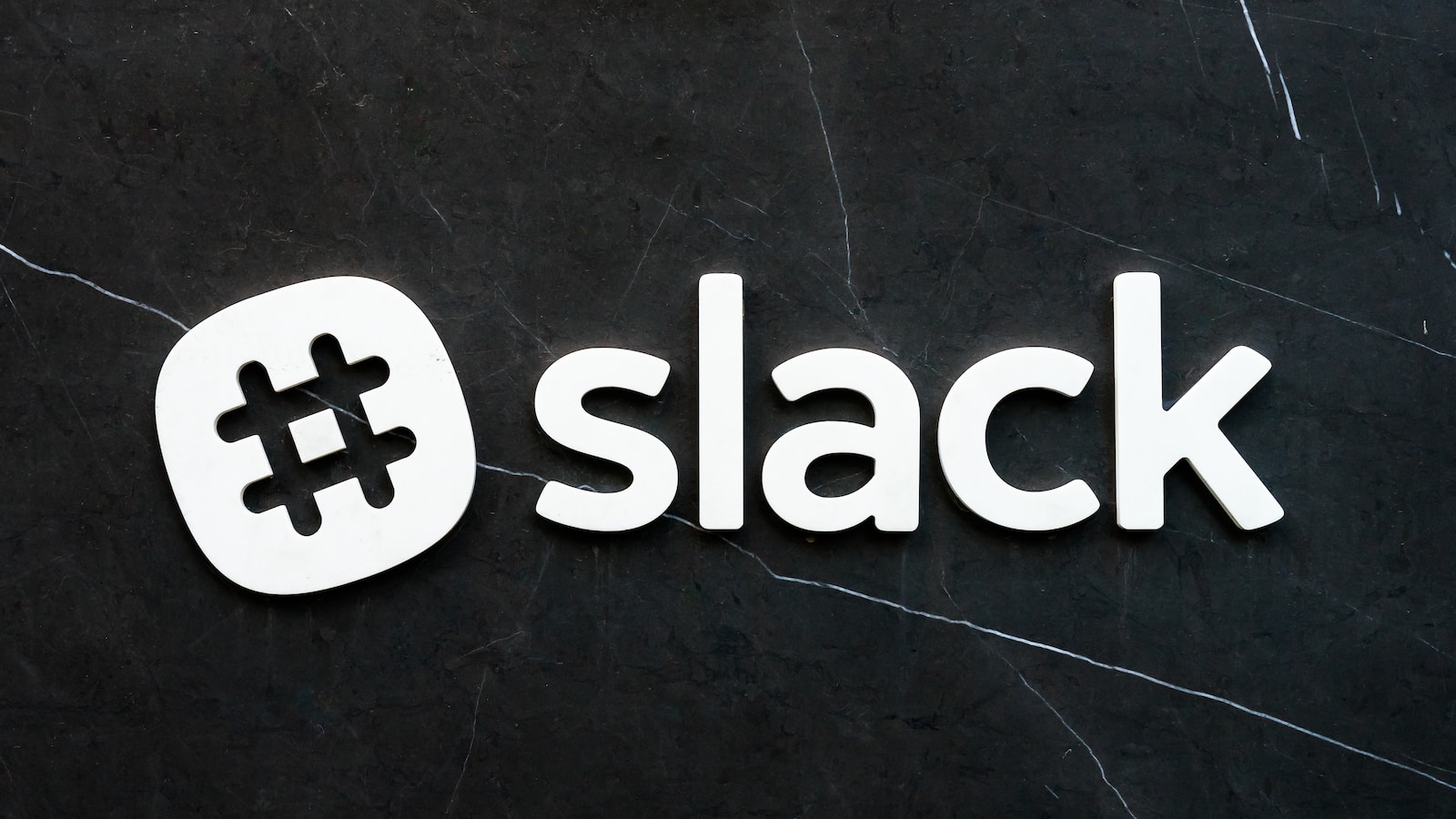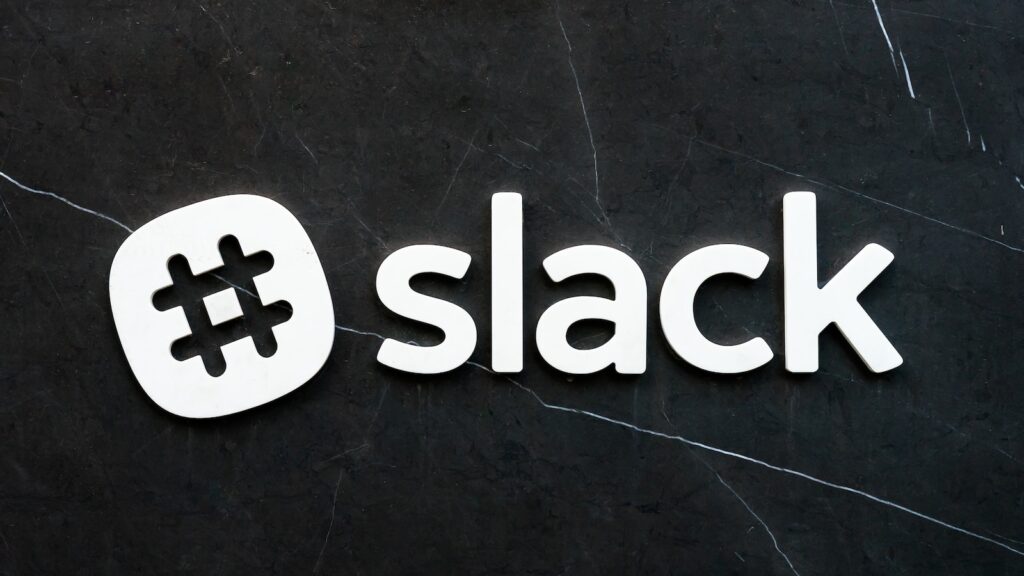
Slack has undeniably transformed the way businesses communicate. While it’s predominantly known as a messaging app, forward-thinking teams have also started using Slack as an unconventional yet efficient project management tool. Below, we delve into how Slack has been employed for project management, its advantages, limitations, and tips for maximizing its potential.
The Evolution of Slack
At its core, Slack is a channel-based messaging platform. However, the app’s ability to integrate with a plethora of other tools has expanded its use-case beyond just communication. Teams have found innovative ways to centralize tasks, discussions, and updates in one space.
Advantages of Using Slack for Project Management
- Centralized Communication: Slack channels can be created for specific projects, ensuring that all relevant discussions and files are in one place.
- Integrations: Slack integrates seamlessly with popular project management tools like Trello, Asana, and Jira. This means you can receive notifications, updates, and even manage tasks without leaving the Slack interface.
- Bots and Automation: Custom bots, like Slackbot, can be programmed to send reminders, automate repetitive tasks, or even create to-do lists within channels.
- Easy File Sharing and Collaboration: Users can effortlessly share files, comment on them, and search for past documents.
- Instant Feedback: Slack’s real-time messaging accelerates decision-making, as team members can instantly discuss and resolve issues.
Limitations of Slack for Project Management
- Not Designed for Large Projects: Slack is excellent for communication but may not provide the structured planning features required for larger, complex projects.
- Over-communication: The ease of messaging can lead to information overload, making it difficult to differentiate between critical updates and general chatter.
- Lack of Advanced Features: Unlike dedicated project management tools, Slack doesn’t inherently provide features like Gantt charts, task dependencies, or time-tracking.
Tips to Maximize Slack for Project Management
- Use Dedicated Channels: Create channels for specific projects, teams, or tasks. This ensures clarity and reduces clutter.
- Integrate with Other Tools: Utilize Slack’s integration capabilities to sync with your primary project management tools.
- Employ Bots: Utilize bots for routine tasks, reminders, and updates. For instance, the /remind command can be invaluable for setting up personal reminders or nudging team members.
- Star Important Messages: This feature allows users to quickly access vital information without sifting through endless messages.
- Regularly Archive Completed Projects: Once a project is complete, archive the channel to ensure that your Slack workspace remains organized.
- Set Communication Standards: To prevent over-communication, set guidelines on what should be discussed in channels versus what should be taken to direct messages.
While Slack may not replace dedicated project management tools for intricate projects, it can undoubtedly complement them or serve as a primary tool for smaller teams and tasks. By centralizing communication and leveraging integrations, teams can streamline processes and foster collaborative environments. Like any tool, the key lies in understanding its strengths, being aware of its limitations, and customizing its features to suit specific needs.
